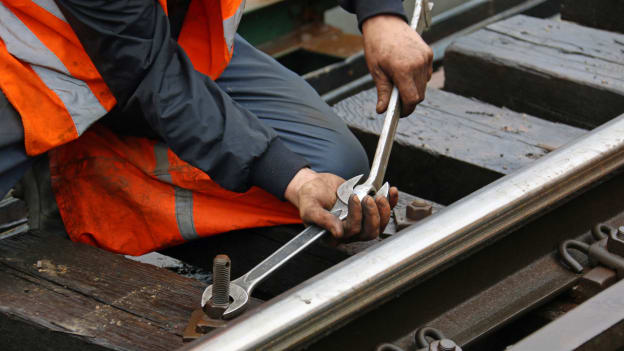3,200 Canadian rail workers get more protections

About 3,200 rail workers in Canada will receive additional protections for their rest periods under a new agreement between Teamsters Canada, the country’s largest union, and transcontinental rail company Canadian National Railway. The agreement, ratified last Friday, ends a long-running dispute that culminated in a massive strike last November, paralyzing most of the country’s freight traffic for eight days.
Unsafe working conditions, together with longer hours and reduced staffing levels, were the underlying causes of the dispute, which started in April last year. At the time, union members came forward with accounts of shifts lasting over 40 hours and dangerous working practices in extreme weather conditions. A key point of dispute was fatigue, which the Canadian Transport Safety Board has identified as a major safety problem for the industry.
The new agreement attempts to address the problem of fatigue affecting safety by preventing the company from requiring workers to continue working beyond their agreed shifts, and requiring additional compensation for those workers who work into their rest periods. However, the union says that real change will not be achieved without government intervention.
“We’ve succeeded in getting CN to adjust some of its practices in the interests of safety. But the core problem of fatigue in the rail industry can only be resolved through government regulations,” said Lyndon Isaak, the president of the Teamsters Canada rail division. “The issue of fatigue is still far from resolved.”
About half of Canada’s exports move by rail, including agricultural produce, fuel, and manufactured goods. This freight is handled primarily by Canadian National Railway and Canadian Pacific Railway, which employ approximately 36,000 workers between them. However, both companies have been cutting jobs since last year as weak economic conditions affect freight volumes.
















